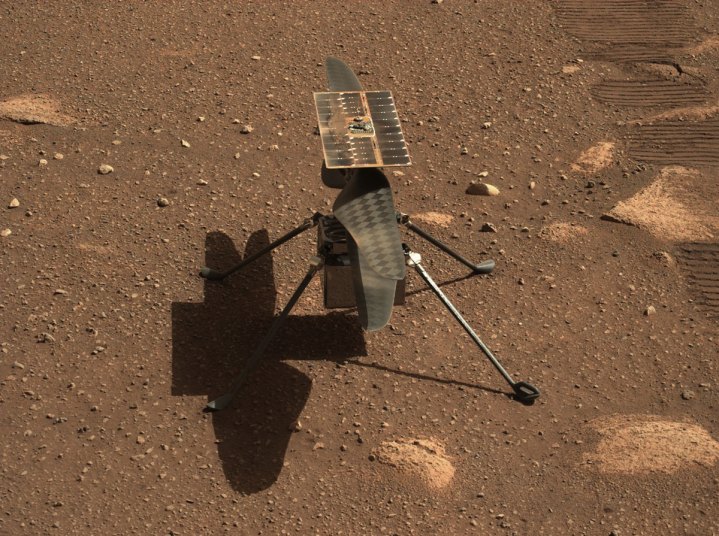NASA's Ingenuity helicopter has captured the world's affection with its explorations of Mars which have been far more successful than even the most optimistic predictions. The helicopter is beginning to suffer from the harsh conditions of the Martian winter after 28 flights.
Dust in the atmosphere on Mars is causing problems for Ingenuity and is threatening the helicopter's future. Dust gets whipped up in the thin atmosphere and settles on the helicopter's solar panel, which reduces the amount of power it can collect from the sun. A lack of power caused the helicopter's internal clock to reset, which meant it missed its check-in with the Perseverance rover.

Teddy Tzanetos explained in a NASA post that the team expects Ingenuity to have power shortages throughout the Martian winter, which lasts until September or October.
After hundreds of sols and dozens of flights beyond the five flights originally planned, the solar-powered helicopter is in a new area. Mars is a very challenging place to travel to. Each sol could be the last.
The cold is the main threat to Ingenuity. The heaters which keep Ingenuity warm at night use a lot of power, and as the nights get colder they are needed more. With less power, Ingenuity can't run its heaters all night, so some of its components will drop below their nominal temperatures. It's hard to say how long the components will last, but it will damage the hardware over time.
To ensure that as much data as possible is saved, the team's first priority is to get all of the data off Ingenuity and copied over to the helicopter base station. They want to keep Ingenuity going as long as possible. They plan to perform a test spin of the helicopter's rotors before each flight to make sure everything is working. They will be able to go ahead with flight 29 if the test goes well.
They will keep in contact with Ingenuity every morning when it is most likely to have enough power to try to boot up. They can schedule any activities for the day to make the most use of their power.
Tzanetos wrote that Ingenuity is healthy with no signs of damage from the overnight cold cycles.
Recommended video